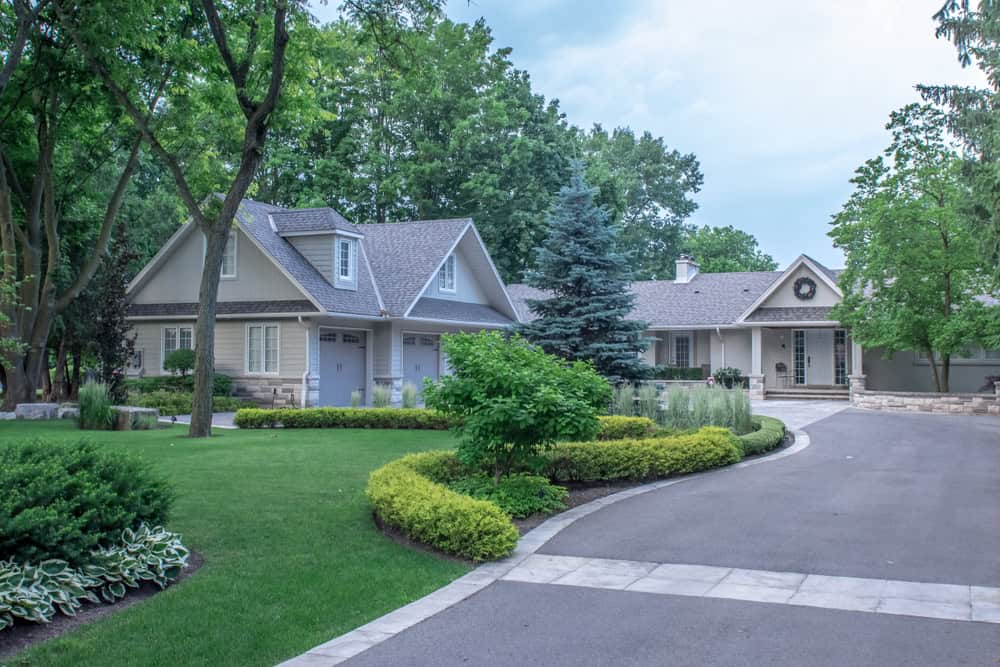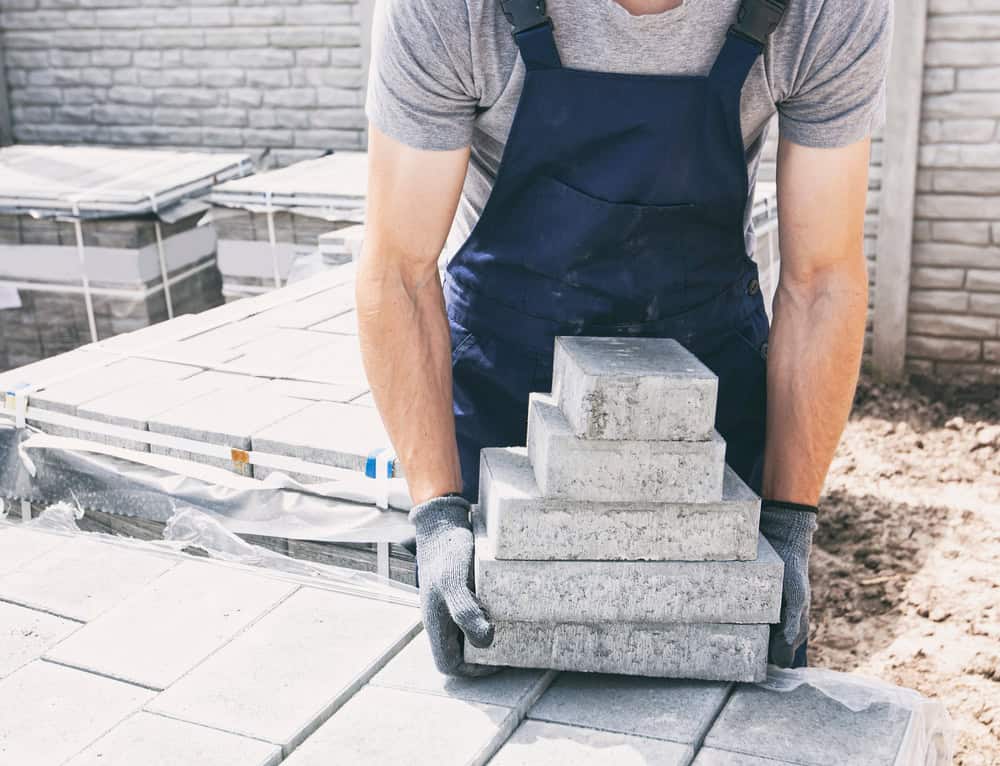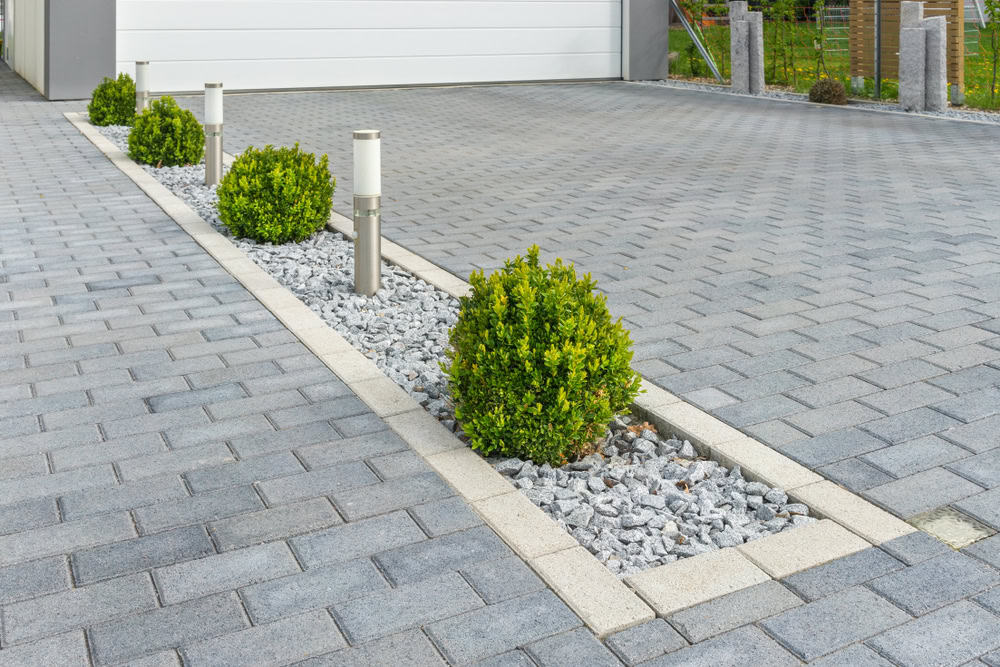Professional paver installation designed for Massachusetts weather, installed right the first time.


Your backyard should work as hard as you do. That means a patio that doesn’t crack every winter, doesn’t puddle every spring, and doesn’t embarrass you when neighbors come over.
Quality paver installation gives you exactly that. A surface that handles New England’s freeze-thaw cycles without breaking apart. Proper drainage that sends water away from your foundation instead of pooling against it. And a look that actually improves your property value instead of making you cringe every time you pull into the driveway.
You get outdoor space that’s ready for family barbecues, morning coffee, or just somewhere decent to sit outside. No more avoiding that back patio because it’s become a safety hazard.
We’ve been handling paver installation throughout Central Massachusetts for years. We understand local soil conditions, drainage challenges, and what it takes to build something that survives here.
Too many homeowners get burned by contractors who start projects and disappear. We finish what we start. Every patio gets proper base preparation, correct slope for drainage, and installation techniques that prevent the settling issues you see with rushed jobs.
You’re not just getting pavers laid down. You’re getting a foundation built to last and craftsmanship that stands behind the work.

First, we evaluate your space and discuss what you actually need. Not what looks good in a catalog, but what makes sense for your property, drainage, and how you’ll use the space.
Next comes proper excavation and base preparation. This is where most problems start, so we don’t cut corners. We dig to the right depth, install proper drainage, and create a stable foundation that won’t shift or settle over time.
Then we install your pavers with precise spacing and alignment. Every piece gets set correctly, with proper sand base and edge restraints. Finally, we clean up completely and walk you through maintenance basics so you know what to expect going forward.

Ready to get started?
We work with brick pavers, concrete pavers, and natural stone options that are proven to handle freeze-thaw cycles. Not every material works well here, and we’ll tell you honestly what holds up and what doesn’t.
Your installation includes proper base preparation with crushed stone and sand leveling, precise grading for water runoff, and edge restraints that prevent spreading over time. We also handle any necessary permits and ensure drainage integration with your existing landscape.
Every project gets the same attention to foundation work, whether you’re replacing a small walkway or installing a large entertaining patio. The goal is always the same: a surface that looks good now and stays that way.

Local Resources